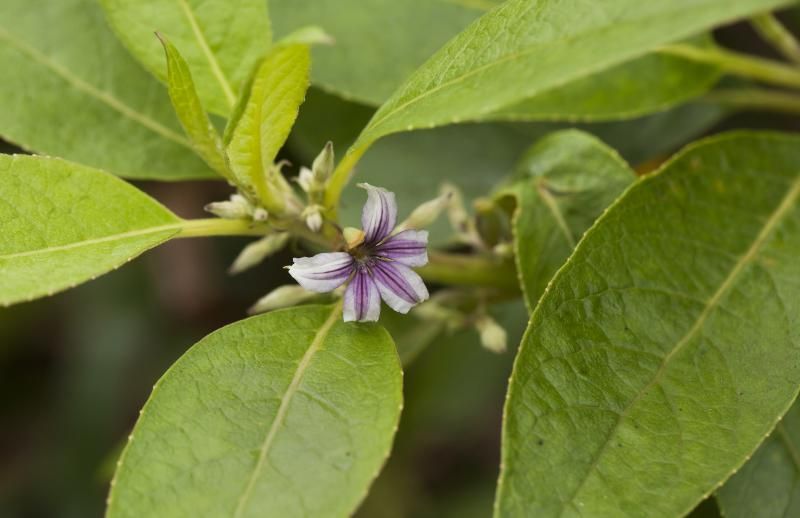Digital Collections
Celebrating the breadth and depth of Hawaiian knowledge. Amplifying Pacific voices of resiliency and hope. Recording the wisdom of past and present to help shape our future.
Kapalai‘ula de Silva
Composed in celebration of a friendship that connects Moanauli to Moana-Nui-a-Kiwa (as well Ka‘ōhao to BYU Lā‘ie), this mele compares Marcia Perrett, the poet’s hoa kapa haka, tita Maori, to the mountain naupaka of O‘ahu’s Ko‘olau Range. Somewhere above, ke ao kea loa rises over Masia’s homeland, and all is well, here, in the gentle touch of the kēhau breeze.
‘Auhea wale ‘oe e ku‘u pua
Ku‘u pua naupaka o ke kuahiwi
I ko‘olua ‘oe no ke kupukupu
Ke ‘ala anuhea pili i ka poli
Ke ano mai nei ka waonahele
Me ka līanu hu‘i koni i ka ‘ili
Ke kani leo hone o ka hinihini
E hea mai ana e nāue aku
Ke ao kea loa kau mai i luna
I ka ‘āina hānau a‘o nā mākua
He lani mālie, ua la‘i wale
I ka pā kolonahe a ke kēhau
Puana aku au, ō mai ‘oe
E ke hoa makale‘a o ke Ko‘olau.
© Kapalai‘ula de Silva, 2005

photo credit: John Game, Wikimedia Commons
There are several varieties of naupaka kuahiwi, mountain naupaka. Some have yellow-flowers, some white. The somewhat rare, purple naupaka pictured above was photographed on a ridge above Ko‘olauloa, O‘ahu, in close proximity to ‘ōhi‘a lehua trees on whose leaves the hinihini tree-snails creep and below which the kupukupu ferns grow. The natural setting of “Pua Naupaka” is thus quite natural: the naupaka kuahiwi, hinihini, and kupukupu are, in fact, native to the Ko‘olau range. Although the mele is layered with carefully constructed metaphors of distance and immediacy, separation and belonging, its basic imagery is admirably uncontrived.